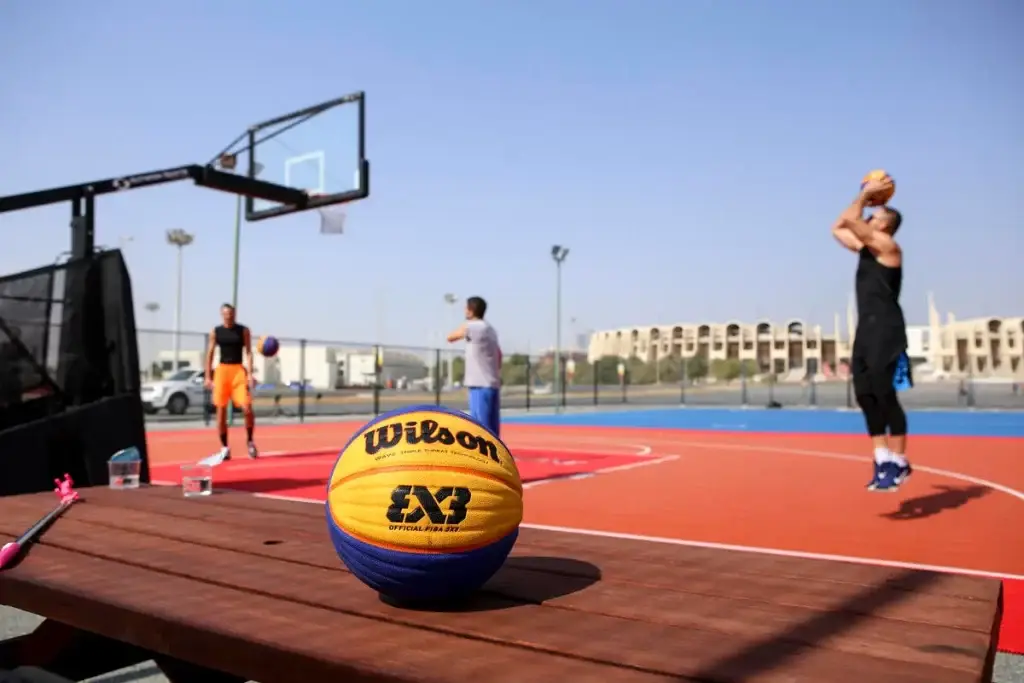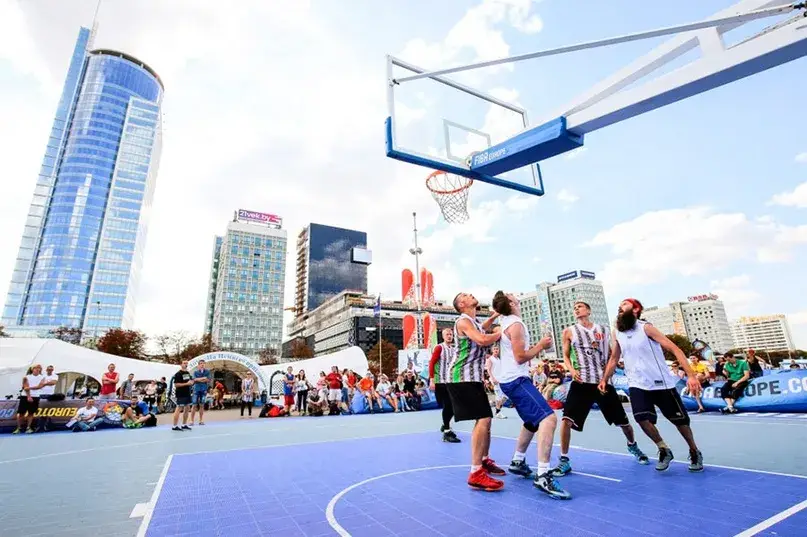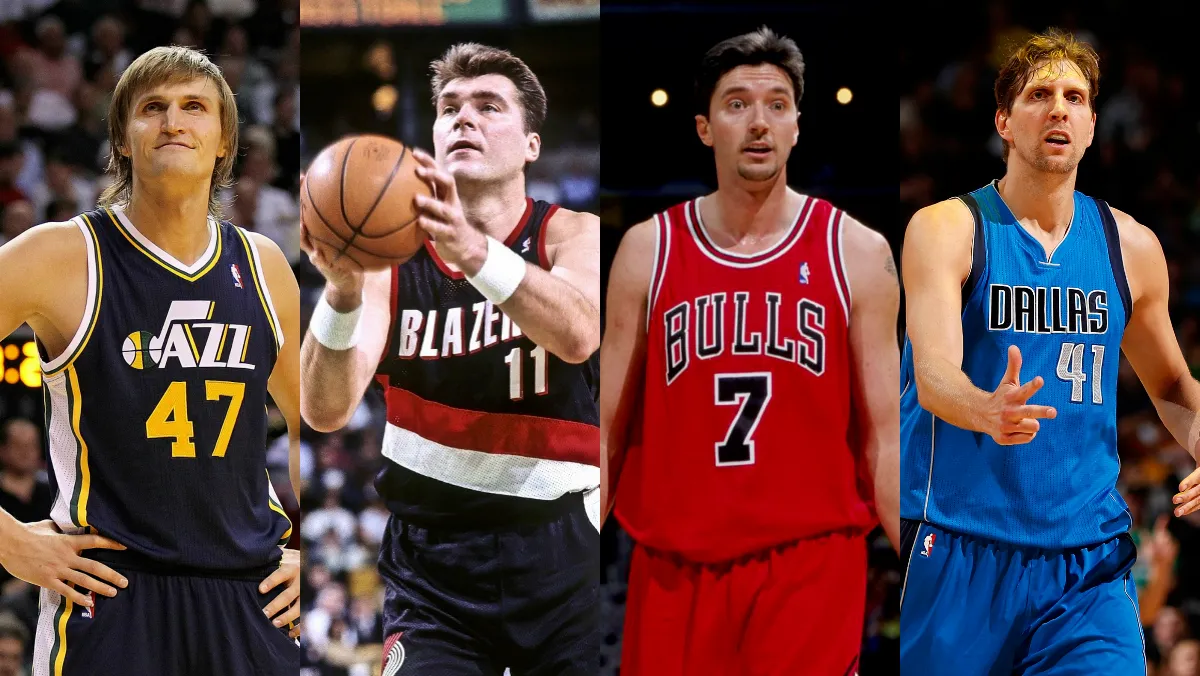Streetball is one of the most accessible and entertaining forms of basketball. Thanks to the simple rules and the ability to play in almost any conditions, this format is ideal for beginners. The rules of streetball are based on the principles of team play, where skill, accuracy and tactical thinking are important. Street basketball is becoming increasingly popular due to its democratic format, which allows both professionals and amateurs to play the sport.
The basic rules of street basketball: a basic breakdown
The game is based on a simplified version of classic basketball. This format is suitable for small teams that often play on open courts. The basic rules relate to the number of players, the structure of the game and the court requirements.

Number and composition of teams
According to the rules, a standard streetball game is played between two teams, each consisting of three main players. One substitute is allowed for each team. The format focuses on a compact game that requires quick reactions and a high level of co-operation from the players. Substitutions are made without stopping the clock, which allows for a dynamic pace.
Teams must take into account the rotation of players to ensure an even distribution of forces during the game. Due to the limited number of participants, the focus is on individual skills and teamwork.
Ball, shooting and scoring
This game uses a special ball that is smaller and lighter than a classic basketball. This is necessary to facilitate teamwork on the street. How are points scored in streetball according to the rules? Each hit from the free throw zone is scored with one point, a shot from behind the three-point line scores two points. The maximum number of points in a game can vary, but the standard limit is 21 points for victory.
Throwing skills:
- Use of long and close throwing techniques.
- Emphasis on individual skill in hitting free throws.
- Ability to use combinations, including screens and passes.
The court and its characteristics
The game is played on specially equipped courts that are smaller than a classic basketball court. The markings and surface are important for the comfort and safety of the participants.
According to the rules, a standard streetball court is half the size of a normal basketball court. The most important elements include the three-point arc, the free-throw line and the ring area. The markings should be clear, especially in the areas that are important for scoring.
Playing on outdoor courts requires several conditions:
- A level surface to reduce the risk of injury.
- Installation of weatherproof rings.
- Sufficient space for player safety.
Rings and baskets
According to the rules, the height of a streetball ring is identical to that of a basketball ring – 3.05 metres. The difference lies in the construction: streetball baskets are often mobile and can be set up on any available space.
Fouls and free throws
 Fouls in streetball play an important role in regulating player behaviour and adherence to the rules. It is particularly important to maintain the spirit of the game and avoid roughness on the pitch.
Fouls in streetball play an important role in regulating player behaviour and adherence to the rules. It is particularly important to maintain the spirit of the game and avoid roughness on the pitch.
What is counted as a foul?
Contact offences such as pushing, hooking, hitting the opponent’s hands are considered fouls. Disciplinary penalties are also imposed for offences against sportsmanship. Any foul may result in a penalty kick, depending on the severity of the offence. Fouls are controlled by the players themselves, which emphasises confidence in the opponent. This difference makes the game unique.
Penalty kicks: How it works
A penalty kick is awarded for a roughing foul or when play is stopped after a foul in the ringside area. The player takes the action from the free-throw line, following the strict rules of streetball. Successful execution scores a point, which makes this element of the game strategically important.
Technique:
- The distance to the ring must be clearly maintained.
- Choosing the optimal trajectory and speed of the ball.
- Concentrate on the correct throwing technique.
How to play streetball: Tips for beginners
Playing streetball requires beginners to know the basic rules, the ability to handle the ball and an understanding of tactics. The preparation phase helps to develop the key skills needed to participate in games.
Preparation for the game
Equipment: light sportswear, good shoes for hard surfaces and a ball suitable for streetball. The choice of pitch depends on its surface and the availability of markings. Good preparation ensures comfort and safety.
Tips for beginners
To improve your skills, you need to practise regularly and pay attention to detail. Recommendations:
- Master the basic shots: close-range, long-range and free throws.
- Practise dribbling to play the ball with confidence.
- Practise combinations with partners to strengthen teamwork.
- Develop physical stamina for an active game at a dynamic pace.
These tips will help you feel confident on the pitch and enjoy the game.
Conclusion
 The rules of street basketball define its uniqueness and accessibility for all. Street basketball combines democracy, excitement and strategic depth, making it ideal for amateurs and professionals alike. Learning the rules and putting them into practice not only helps to improve skills but also physical fitness.
The rules of street basketball define its uniqueness and accessibility for all. Street basketball combines democracy, excitement and strategic depth, making it ideal for amateurs and professionals alike. Learning the rules and putting them into practice not only helps to improve skills but also physical fitness.

Every participant is given the opportunity to prove themselves, contribute to the team’s success and enjoy the dynamics of their favourite sport. Streetball opens the door to a world in which tactics, technique and the will to win are united in a single rhythm.
 en
en  de
de  ar
ar  es
es  hi
hi  fr
fr  nl
nl  it
it  pt
pt  el
el 










